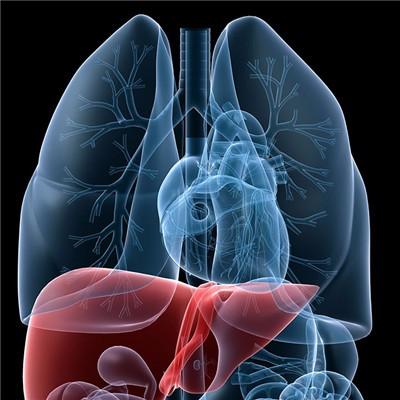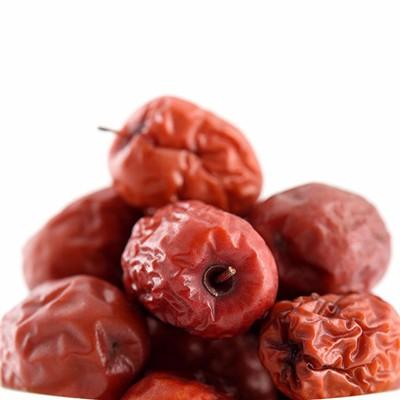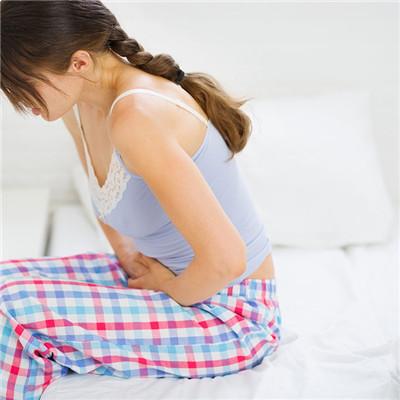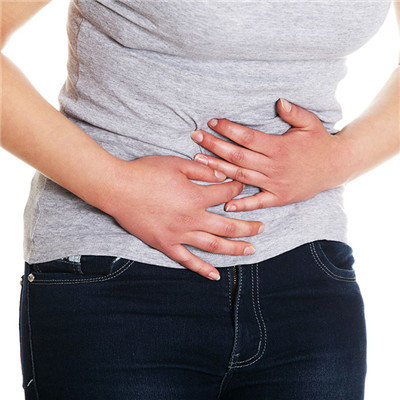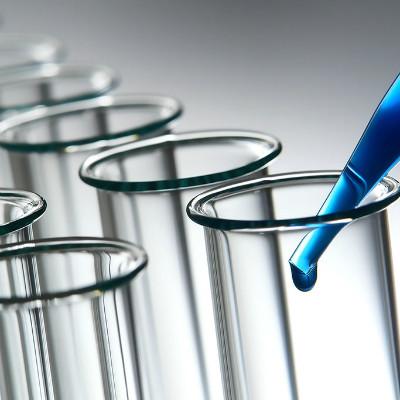What are the symptoms of typhoid fever?
summary
Typhoid caused by Salmonella typhi, in typhoid epidemic season and area, patients have persistent high fever (40-41 ℃) for more than 1-2 weeks, and appear special toxic face, relatively slow pulse, skin rosette, hepatosplenomegaly, peripheral blood leukocyte count is low, eosinophils disappear, there are typhoid cells (ring cells) in bone marrow, which can be clinically diagnosed as typhoid. What are the symptoms of typhoid fever? Let's talk about it
What are the symptoms of typhoid fever?
It is equivalent to the first week of the course of disease. The onset is mostly slow. Fever is the earliest symptom, often accompanied by general discomfort, fatigue, loss of appetite, sore throat and cough. The patient's condition gradually worsens, and the body temperature rises in a ladder shape, reaching 39-40 ℃ in 5-7 days. Before fever, there may be chills and less shivering, and sweating is not significant when fever subsides.
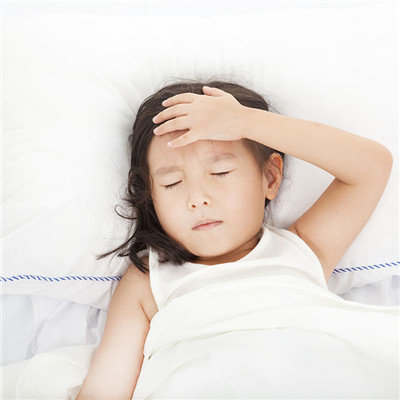
In the third to fourth week of the course of disease, the body's resistance to Salmonella typhi gradually increased, body temperature fluctuated and began to decline, appetite gradually improved, abdominal distension gradually disappeared, and splenomegaly began to retract. However, there is a risk of intestinal bleeding or perforation in this period, so we should pay special attention to it.

From the end of the 4th week, the body temperature returned to normal, appetite improved, and generally recovered to health in about 1 month. In typhoid epidemic season and area, there is persistent high fever (40-41 ℃) for more than 1-2 weeks, and there is a special toxic face, relatively slow pulse, skin rosette, hepatosplenomegaly, peripheral hemogram, the total number of white blood cells is low, eosinophils disappear, there are typhoid cells (ring cells) in bone marrow, which can be clinically diagnosed as typhoid.
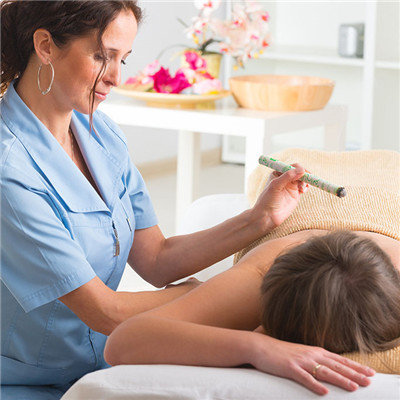
matters needing attention
General treatment and symptomatic treatment: after admission, the patients are isolated according to the digestive tract infectious diseases. After the clinical symptoms disappear, they are sent for stool culture every 5-7 days. If they are negative for 2 consecutive times, the isolation can be removed. Fever patients must rest in bed, 2-3 days after fever can sit in bed, 2 weeks after fever can be mild activity. Should give high calorie, high nutrition, easy to digest diet, including sufficient carbohydrates, protein and various vitamins, to supplement the consumption of fever period, promote recovery, fever period should use liquid or soft no residue diet, a small number of meals. After antipyretic, appetite increase, can gradually into porridge, soft rice, avoid eating hard slag food, so as to avoid inducing intestinal bleeding and intestinal perforation, general antipyretic after 2 weeks to return to normal diet. Patients should be encouraged to take more water, about 2000-3000 ml per day (including diet), in order to facilitate the excretion of toxins. If you can't eat because of serious illness, you can use 5% glucose saline intravenous drip.




